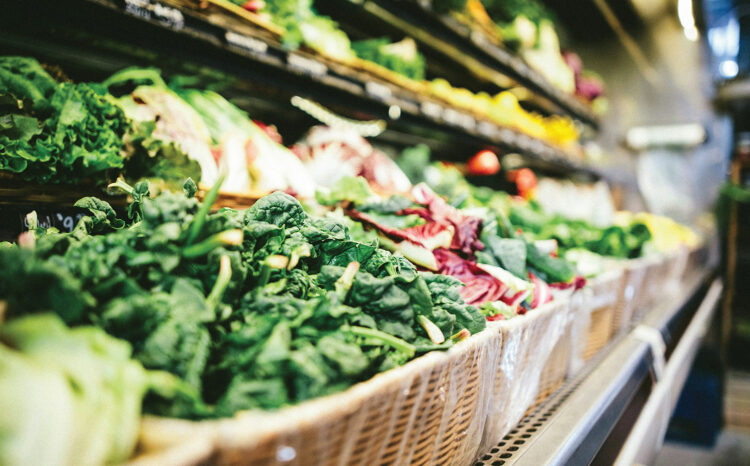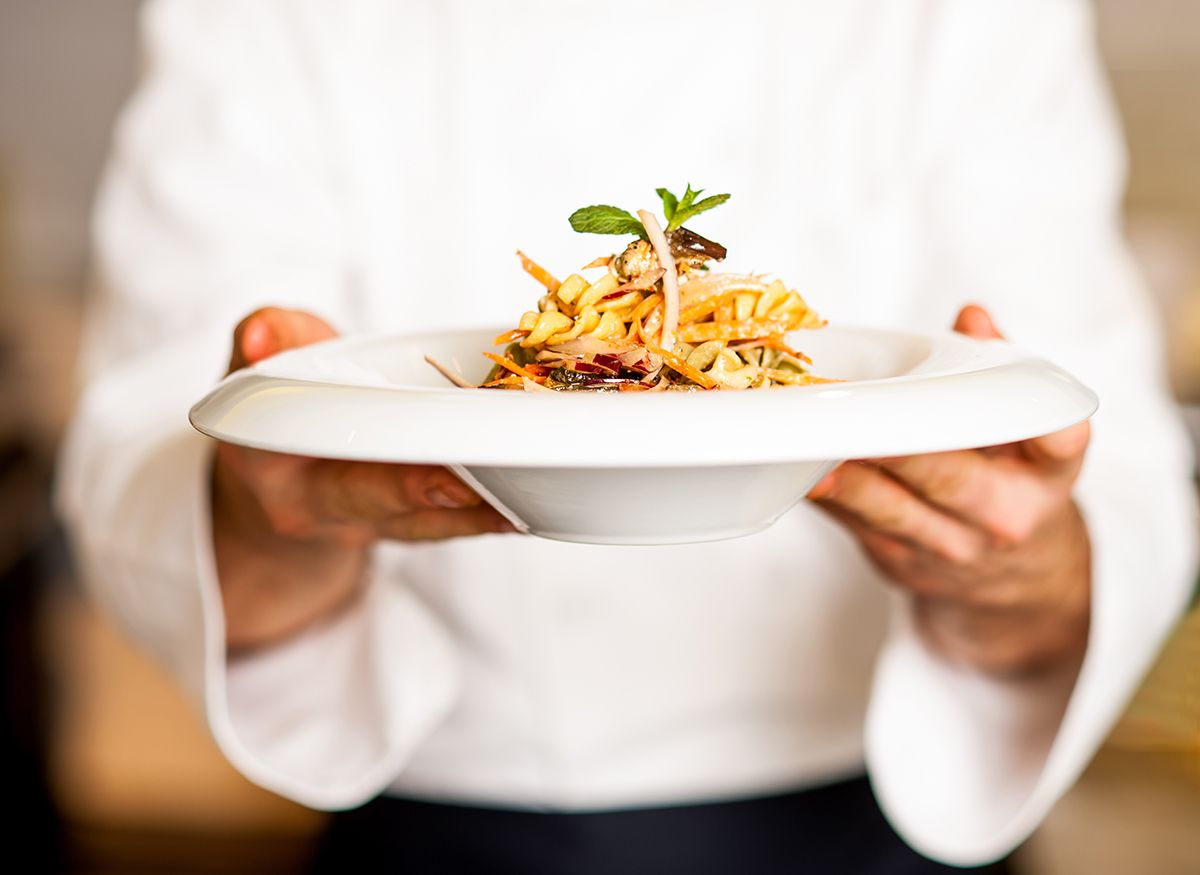 GROCERY SURVEY | By TL Bernthal
GROCERY SURVEY | By TL Bernthal
March 6. Careful Cornelius shoppers may minimize the hit to their wallets, even while grocery prices seem to be going up all the time, by trying generics.
North Carolina’s average annual food cost per person is estimated to be $3,630, according to the Bureau of Economic Analysis. That’s about $303 per person, per month. Families with children pay more than singles or couples.
Cornelius is blessed with many grocery stores as competition among the five chains selling locally keeps a lid on prices, or at least doesn’t allow for runaway increases. Lidl plans to open a Cornelius location in the Alexander Farm development; that’s still a year or so away, but when it happens, Lidl joins Harris Teeters, Publix, Aldi, Food Lion and The Fresh Market.
For this latest Cornelius Today grocery price check-in, prices were gathered Feb. 18, and the prices do not reflect sales or special promotions. Store or alternate brands were priced when the brand wasn’t available.
Harris Teeter and Publix came in roughly the same, with less than a dollar separating their totals. Aldi was the cheapest, The Fresh Market most expensive, with Food Lion about $5 less expensive than Harris Teeter and Publix.
Think about trying store or generic brands if you really want to save money. Why pay just over $5 for a box of name brand crackers when a $3 store brand is just as good. Same for cereal, butter and many other items.
Of course, you may not be sold on all generics. My Aunt Sue told me years ago, when all Oreos were chocolate cookies with a white cream filling, that her grandchildren told her to buy a generic sandwich cookie because it was cheaper and just as good. I remember thinking “how can I even be related to those children?”
I didn’t eat any peanut butter brand other than Skippy until I was in my 40s because that’s the only brand mom had in our kitchen cabinet.
But now I’m good with many generics including cereals, canned goods, peanut butter (sometimes), ketchup and butter. Why spend $7-plus for four sticks of a brand-name butter when a generic or store brand could be half that?
But maybe that brand-name butter is your Oreo cookie. No judgment. You’ll find the right brand vs. generic mix that is best for you.
Aldi, featuring mostly its own brand, came in with the least expensive total, and the only one to go down.
• Click here for the comparison chart.
The same items at …
Aldi cost $33.68 in February, with some alternatives to name brands, and $38.47 in May 2022, down almost 12 percent.
Food Lion, cost $55.35 in February and $49.53 in May 2022, up almost 12 percent.
Harris Teeter, cost $60.16 in February and $48.76 in May 2022, up 23 percent.
Publix, cost $60.80 in February and $49.46 in May 2022, up 23 percent.
The Fresh Market, cost $71.26* in February and $58.26 in May 2022, up 22 percent. * TFM does not sell Laughing Cow cheese brand so the lowest price from another store was added.
Nationally, grocery prices went up about 5 percent from 2022 to 2023. And experts say prices will continue to rise, but not at that rate. In 2024, some analysts and experts say all food prices are predicted to increase 1.3 percent, while the USDA is more optimistic, with those officials predicting that grocery store prices will fall by 0.4 percent.
A drop in food and drink prices is unlikely until at least early 2025, according to analysis from the latest CGA Prestige Foodservice Price Index.
There is good news about the price of eggs. After egg prices peaked in January 2023, they declined or stabilized through much of 2023. However, prices have increased again in recent months after Highly Pathogenic Avian Influenza was confirmed in November 2023 for the first time since December 2022.
Overall, though, egg prices are predicted to decrease 4.6 percent in 2024. Beef prices are expected to rise.
Shoppers may be able to reduce the effect of inflation by adjusting meal choices, substituting a less expensive food for a more expensive one.
If you bake with olive oil and you see that the price has skyrocketed, a switch to applesauce is a cheap and low-fat substitution for many recipes.
But sometimes that can’t be done. A family with a newborn may have to purchase infant formula, and that expense has seen one of the highest increases during the past year or so.
A Consumer Affairs analysis lists other categories with higher rates of inflations: candy or gum, pet food, cookies and crackers, beverages, snacks, condiments/spreads/dressing, fruits and vegetables, cereal, baby food, bakery, baking and grains/beans/pasta.
In preparation for spring and Easter, we checked on Peeps, too. Your best bet is Harris Teeter with packages of 10 chicks or 8 bunnies (each package is 3 ounces) for $1.99. You can buy 10 chicks for $2.59 at Food Lion. The Fresh Market sells a 5-chick box for $1.69. Publix was expecting to get Peeps in, but did not have any as of Feb. 25. And you won’t find them at Aldi.
Ways to save
Shop for sales, which are a great way to save, if you need the item. BOGO? If you don’t need two of the item, consider donating one to a food pantry or just buying one for half off.
Check your bill to make sure item prices scanned correctly and coupons applied.
When going down an aisle, look down. Stores often place the most expensive items at eye-level. So look at lower shelves to discover less expensive items.
Get in the habit of checking what’s around your brand-name food. See if you can find a cheaper generic alternative. Try the cheaper version to see if the generic label product is as good as the name-brand goods. Odds are, you’ll be pleasantly surprised.
Don’t bring the kids. The kids will likely be hungry and tired, and you are likely to try to keep them quiet and happy with more expensive items on end-caps or the candy and snacks at the check-out lines.
Shop as infrequently as you can. Avoiding a trip to the grocery means you’ve avoided the possibility of impulse buying or getting something you don’t really need. Of course, we know a few very disciplined homemakers who shop almost daily, but only for the fresh food they will cook and eat that day or the next.
And, of course, shop with a list, with a budget and only after you’ve eaten.





